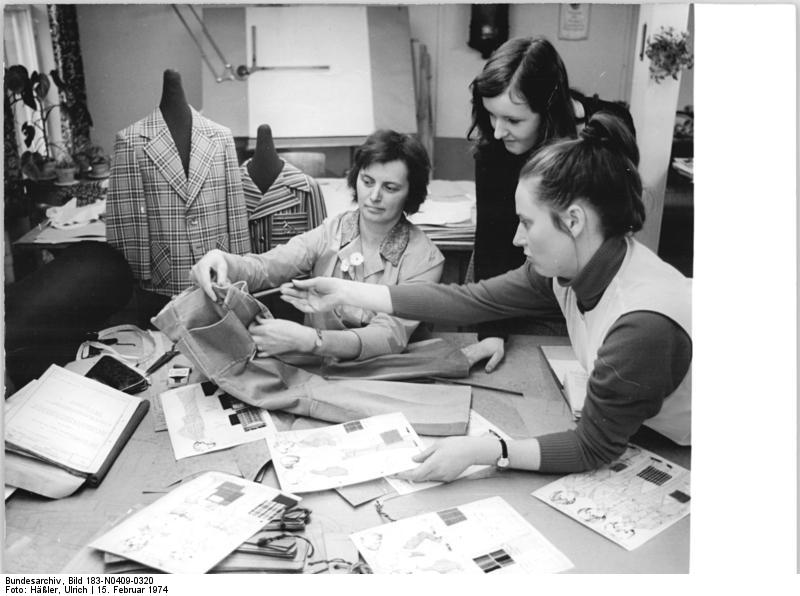Knitting business
- Introduction and Basics
- Creating Your Product Line
- Sourcing Materials
- Production Process
- Pricing and Profitability
- Marketing Your Collection
- Selling Your Products
- Customer Service and Retention
- Basics of Business Management
- Finance and Accounting
- Legalities of Your Business
- Growth and Expansion Strategies
Creating Your Product Line
How to Plan Your Knitwear Collection

Art of the application of design and aesthetics to clothing and accessories.
Planning a knitwear collection is an exciting process that allows you to express your creativity and design skills. However, it also requires strategic thinking and careful planning. Here's a step-by-step guide on how to plan your knitwear collection.
Understanding the Concept of a Collection
A collection is a group of designs that are meant to be presented and sold together. They share a common theme, color palette, or style, and are designed to complement each other. A collection can range from a few pieces to several dozen, depending on your resources and market.
Identifying Your Target Market and Their Needs
Before you start designing, it's crucial to identify who your target market is. Are they young professionals, mature adults, or children? What are their needs and preferences when it comes to knitwear? Do they prefer classic styles or trendy pieces? Do they value comfort over fashion, or vice versa? Understanding your target market will guide your design process and help you create pieces that your customers will love.
Researching Trends and Influences
Stay updated with the latest fashion trends and influences. This doesn't mean you have to follow every trend, but being aware of them can inspire your designs and help you stay relevant. Look at fashion magazines, blogs, and social media. Attend fashion shows and trade fairs. You can also draw inspiration from art, culture, nature, and your personal experiences.
Developing a Theme for Your Collection
A theme gives your collection a cohesive look and feel. It could be a color, a pattern, a concept, a place, a time period, or a story. For example, your theme could be "Autumn in Paris," with designs inspired by the colors and styles of Paris in the fall. Or it could be "Cozy Comfort," with designs focused on warmth and comfort. Your theme should resonate with your target market and reflect your brand's identity.
Planning the Number of Pieces in Your Collection
The number of pieces in your collection will depend on your resources, your market, and the selling platform. If you're just starting out, it's advisable to start with a small collection. You can gradually expand as you gain more experience and understand your market better. Each piece in your collection should serve a purpose and add value to the collection as a whole.
In conclusion, planning a knitwear collection involves a balance of creativity and strategy. It's about creating beautiful designs that your target market will love and buy. With careful planning and a clear understanding of your market, you can create a successful knitwear collection that sets your brand apart.